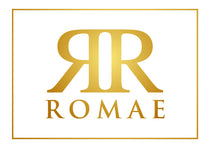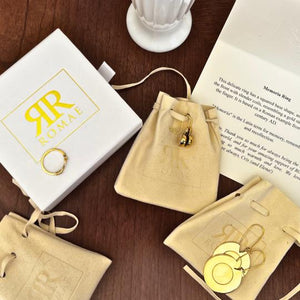Aesop's Fables Crab Medallion
Aesop's timeless tale "The Crab and the Fox" features a Crab who outsmarts a Fox. A clever Crab once found itself face-to-face with a sly Fox, who thought a sideways little crustacean would make an easy snack. But the Crab, nimble in its natural zigzag, sidestepped every attempt to catch it, darting unpredictably along the sand and rocks. In the end, the Fox gave up, realizing that intelligence and skillful use of one's natural talents can outmatch both cunning and strength. The fable reminds us that embracing your true self and applying your strengths cleverly can outwit even the trickiest challengers. Our medallion captures the story’s charm and wisdom, as well as its important message: The back features the Greek word ΣΤΡΑΤΗΓΙΚΗ, meaning "strategic skill" or "cleverness in action," which is the essence of the moral of Aesop's tale.
Our medallion is based on an ancient coin from Akragas (modern Agrigento in Sicily). Akragas was one of the richest and most dazzling Greek colonies in Magna Graecia, founded around 580 BC. Perched between fertile fields and the sea, it grew fabulously wealthy—so much so that the poet Pindar praised it as “the most beautiful city of mortals” (Olympian Odes, 2.55). Its citizens channeled that prosperity into colossal Doric temples that still impress today in the “Valley of the Temples,” including an immense (though unfinished) temple to Olympian Zeus. At its peak under the tyrant Theron in the 5th century BC, Akragas rivaled mighty Syracuse, though its glory dimmed over time and ended with Roman conquest in 210 BC, when it became the Agrigentum.
Greek cities often featured symbolic animals on their coins. In "Magna Graecia," marine creatures often took center stage. For Akragas, the crab probably celebrated the city’s natural abundance and prosperity tied to water, for the city sat between two rivers (the Akragas and the Hypsas) and had access to the sea.
This medallion is inspired by a silver didrachm from Akragas dating to around 480 BC. The obverse or front of the coin shows an eagle, sacred to Zeus, with letters spelling "AKRA" (an abbreviation for AKRACANTOΣ, "of/by Akragas") above and below him. The reverse or back of the coin features a wonderful and anatomically-detailed crab, seen from above. The pairing of the eagle and the crab thus spoke to the city's dominance over land and water, as well as its divine favor and local identity.
Our medallion may be worn as a necklace or as a bracelet. It comes with a 22" brown leather cord, as well as your choice of a children's or adult's translated version of a book of Aesop's Fables.







